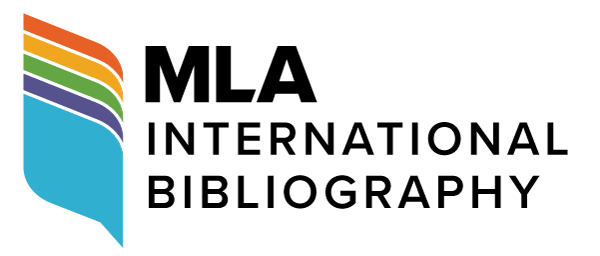Interlinear Glossing in a Historical Perspective: A Case of Gradience in the Passive Voice in Japanese
DOI:
https://doi.org/10.18485/analiff.2020.32.2.16Кључне речи:
interlinear glossing, passive voice, middle voice, typology, gradience, grammaticalisationАпстракт
This paper examines cases where our common practice of interlinear glossing can be misleading in decoding typological data. Particular attention is paid to the Japanese passive voice, where the suffix -(r)are is believed to mark the passive voice. However, due to its polysemous nature, a previous assumption should be questioned. A hint can be found in its historical development, which can leave some residues forming gradience. Prescriptive grammar has been written at least partially for educational purposes, but the way it treats grammar sometimes obscures what an internal structure is really like. This paper also shows that a typological comparison can add valuable elements in discussing grammar in a single language.
Референце
Downloads
Објављено
Број часописа
Рубрика
Лиценца
Сва права задржана (c) 2021 Анали Филолошког факултета

Овај рад је под Creative Commons Aуторство-Дели под истим условима 4.0 Интернационална лиценца.
Authors who publish with this journal agree to the following terms:
- Authors are confirming that they are the authors of the submitting article, which will be published (print and online) in the journal Anali filološkog fakulteta by the Faculty of Philology, University of Belgrade (Faculty of Philology, Studentski trg 3, 11000 Belgrade, Serbia). Author’s name will be evident in the printed article in the journal. All decisions regarding layout and distribution of the work are in hands of the publisher.
- Authors guarantee that the work is their own original creation and does not infringe any statutory or common-law copyright or any proprietary right of any third party. In case of claims by third parties, authors commit their self to defend the interests of the publisher, and shall cover any potential costs.
- Authors retain copyright and grant the journal right of first publication with the work simultaneously licensed under a Creative Commons Attribution-ShareAlike 4.0 International License that allows others to share the work with an acknowledgement of the work's authorship and initial publication in this journal.
- Authors are able to enter into separate, additional contractual arrangements for the non-exclusive distribution of the journal's published version of the work (e.g., post it to an institutional repository or publish it in a book), with an acknowledgement of its initial publication in this journal.
- Authors are permitted and encouraged to post their work online (e.g., in institutional repositories or on their website) prior to and during the submission process, as it can lead to productive exchanges, as well as earlier and greater citation of published work.





